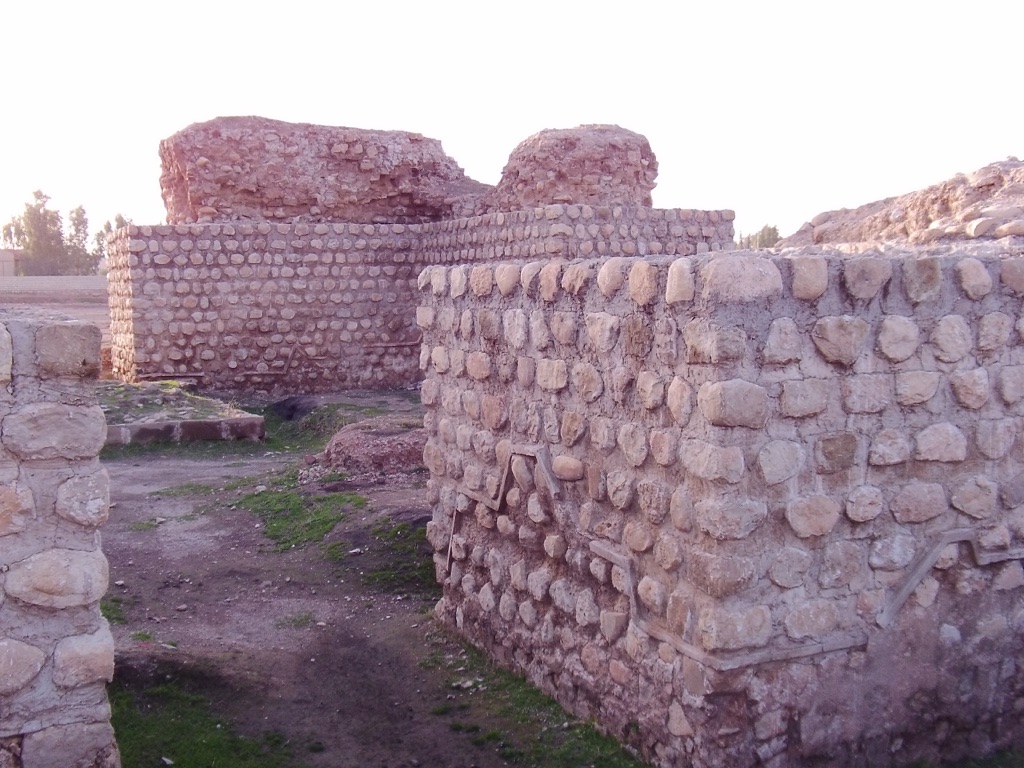Qasr-e Shirin is a historical town in western Iran, known for its rich cultural heritage and ancient ruins. The name translates to “Castle of Shirin,” and it is often associated with romantic stories from Persian literature. The town is situated near the border with Iraq and has been a crossroads of various civilizations throughout history. Its most notable features include the remains of Sassanian-era fortifications and palaces, which have attracted the attention of historians and archaeologists alike.
Get your dose of History via Email
Historical Background of Qasr-e Shirin
The discovery of Qasr-e Shirin’s historical significance came to light through various archaeological excavations and historical texts. The town’s origins trace back to the Sassanian Empire, which ruled from 224 to 651 AD. It was during this period that many of the architectural wonders of Qasr-e Shirin were constructed. The site gained further prominence in the Islamic period, serving as a strategic location on the trade routes between the Persian and Roman empires.
Khusrav I, a Sassanian king, is often credited with the construction of the original structures in Qasr-e Shirin. The town’s name itself is linked to the love story of Khusrav and Shirin, a narrative that has been immortalized in Persian literature. Over the centuries, Qasr-e Shirin has seen the rise and fall of various empires, including the Abbasids, Safavids, and Qajars, each leaving their mark on the town’s landscape.
Throughout its history, Qasr-e Shirin has been inhabited by different groups, including Kurds, Lurs, and Persians, contributing to its diverse cultural fabric. The town has also been the scene of significant historical events, such as battles and political negotiations. Its strategic importance was particularly evident during the Iran-Iraq War, where it suffered considerable damage.
Despite the tumultuous events, Qasr-e Shirin has managed to preserve remnants of its glorious past. The ruins of palaces and fortifications provide a window into the architectural achievements of the Sassanian era. The town’s historical significance is further underscored by its mention in various historical records and travelogues, which describe its beauty and strategic importance.
Today, Qasr-e Shirin stands as a testament to the rich history of the region. It continues to be a subject of interest for historians and archaeologists who seek to uncover more about its past. The town’s enduring legacy is a reflection of the many layers of history that have shaped its identity over the centuries.
About Qasr-e Shirin
Qasr-e Shirin is renowned for its historical ruins that date back to the Sassanian era. The town’s architecture is a testament to the engineering prowess of its builders. The use of stone and mortar in construction provided the structures with durability, allowing them to withstand the test of time. The remains of the palaces and fortifications exhibit intricate designs and motifs that reflect the artistic sensibilities of the period.
The most prominent architectural highlights of Qasr-e Shirin include the remains of the Sassanian palaces, which were once the epitome of luxury and grandeur. These palaces were characterized by their large courtyards, ornate columns, and elaborate decorative elements. The use of vaulted ceilings and domes in the construction was a significant architectural innovation of the time.
Another notable feature of Qasr-e Shirin is the fortification system that surrounded the town. The walls and ramparts were strategically designed to provide defense against invasions. The use of locally sourced materials in the construction of these fortifications ensured their resilience and adaptability to the region’s climatic conditions.
The town’s layout reflects the urban planning principles of the Sassanian Empire, with a clear hierarchy of spaces from public to private. The main thoroughfares were lined with shops and bazaars, indicating a bustling economic life. The residential areas were segregated from the administrative and ceremonial centers, showcasing an organized approach to urban development.
Despite the ravages of time and historical upheavals, the architectural remains of Qasr-e Shirin continue to draw visitors and scholars. The site offers a glimpse into the architectural and cultural achievements of ancient Persia, making it an invaluable piece of the region’s historical puzzle.
Theories and Interpretations
Several theories have been proposed regarding the use and significance of Qasr-e Shirin. Some scholars suggest that the town served as a royal retreat for Sassanian kings, a place of leisure and respite from the affairs of state. The romantic tales associated with the site, particularly the story of Khusrav and Shirin, lend credence to this interpretation.
There are also theories that Qasr-e Shirin played a religious role, possibly housing Zoroastrian temples or serving as a pilgrimage site. The presence of fire temples, a common feature in Sassanian architecture, could support this theory. However, definitive evidence for this remains elusive, and the religious significance of the site is still a matter of conjecture.
The mysteries surrounding Qasr-e Shirin extend to the exact purposes of certain architectural features. Some structures have been difficult to identify and match with historical records, leaving their functions open to interpretation. Theories range from administrative buildings to military barracks, but without concrete evidence, these remain speculative.
Dating the various structures at Qasr-e Shirin has been a challenge for archaeologists. While the majority of the ruins are attributed to the Sassanian era, subsequent modifications and additions have been made over the centuries. Carbon dating and stratigraphy have been employed to establish a more accurate timeline for the site’s development.
The interpretations of Qasr-e Shirin’s history are continually evolving as new discoveries are made. Each theory contributes to a deeper understanding of the site’s past, and ongoing research is crucial in piecing together the complex tapestry of its history.
At a glance
- Country: Iran
- Civilization: Sasanian Empire
- Age: Approximately 1,700 years old (3rd century AD)

